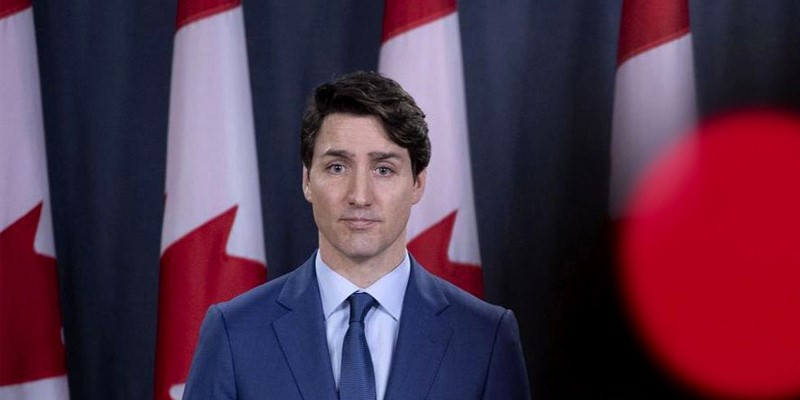Prime minister rejects ‘austerity’ despite massive debt and dismal economic growth

This week, at the Liberal cabinet retreat in Montreal, Prime Minister Justin Trudeau told reporters he’s against “austerity and cuts” and believes his government must “invest” to “create greater growth” in the economy, thus dashing hopes for any meaningful spending restraint in the upcoming federal budget.
But evidence shows the government’s current plan has not helped the economy despite the prime minister’s claims. Rather than double-down on a failed strategy of higher spending, taxes and borrowing, the Trudeau government should change direction immediately.
Let’s look at the evidence.
According to its latest fiscal projections, the federal government will spend $449.8 billion on programs and services in 2023/24—up 75.5 per cent (nominally) from 2014/15 when program spending was $256.2 billion. Adjusting for population growth and inflation, the Trudeau government has recorded the five-highest years (2018-2022) of per-person spending in Canadian history, and is on track to record a sixth. But have we seen a corresponding increase in economic growth?
No, in fact Canada has experienced an economic growth crisis for the last decade.
One of the best ways to measure economic growth is to use inflation-adjusted per-person gross domestic product (GDP), which provides the broadest measure of living standards for Canadians. According to a recent study by Philip Cross, former chief economic analyst at Statistics Canada, between 2013 and 2022 Canada’s per-person GDP (inflation-adjusted) grew at its slowest pace since the 1930s. Moreover, economic growth in Canada has fallen well behind growth in the United States, showing that Canada’s stagnation was not inevitable.
And there’s little room for optimism. According to OECD estimates, Canada will have the slowest growth in per-person GDP among advanced economies from 2020 to 2030 and 2030 to 2060.
Simply put, the data show that increased government spending has not produced greater prosperity for Canadians.
Indeed, rather than “invest” in Canadians, the Trudeau government has burdened Canadians with mountains of debt. The Trudeau government has yet to balance the budget, despite campaign promises, and this year will likely run its ninth consecutive deficit. Nearly a decade of uninterrupted deficits has increased the federal debt by $941.9 billion. This not only imposes costs on Canadians today—primarily through higher debt interest costs—but also increases the tax burden on future generations who are ultimately responsible for paying off today’s debt.
If the Trudeau government needs a blueprint for reform, it can find it within its own party, which has a history of spending reductions and strong economic growth.
During the mid-1990s, the Chrétien Liberal government introduced meaningful spending reductions that ultimately balanced the federal budget in 1997, marking the first federal budget surplus in nearly 30 years. In addition to spending reductions, the Chrétien government also introduced tax relief and other growth-enhancing policies. And the results were immediate.
Between 1997 and 2007, Canada’s average annual increase in per-person GDP (inflation-adjusted) was 2.2 per cent, which was higher than the OECD average. During the same time period, Canada’s average rate of employment growth was nearly double the average in the OECD and the United States. And the national poverty rate fell from 7.8 per cent in 1996 to 4.9 per cent in 2004. Overall, the Canadian economy outperformed many other industrialized economies during this time and living standards improved for Canadians—despite reductions in government spending.
Despite claims by Prime Minister Trudeau, less government spending (not more) is necessary to help reverse the trend of stagnant economic growth. The Trudeau government should recognize that the current plan isn’t working and change course in its upcoming budget.


